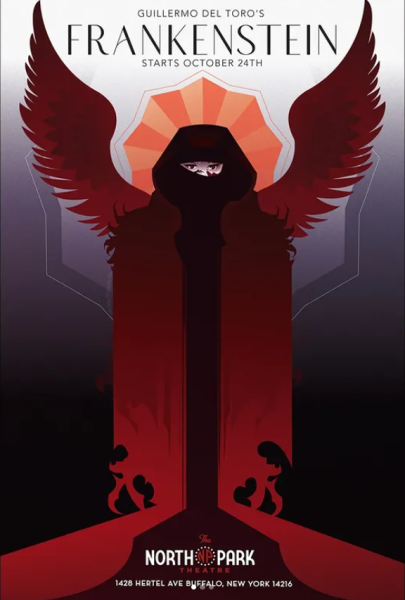Violent video games bend real-life emotions
We always hear stories about how easily children and adolescents can be influenced. That’s why there are restrictions in place on many aspects of everyday life: movies, cigarettes, alcohol and so on. But what about something like video games? Could a harmless disc or cartridge impact a young person to the extent of acting out or worse?
The simple answer: no. Many factors are involved in the way the brain works to cause any individual to act a certain way. However, video games can help provoke someone who is already easily influenced.
A study from Iowa State University, conducted by Dr. Craig A. Anderson, found that after playing Mortal Kombat: Deadly Alliance for 15 minutes, students were far more agitated toward classmates than those who did not pick up the controller.
That being said, there is more that needs to be added to the mix than a simple video game.
Anderson and B. J. Bushman went on to establish the General Aggression Model, or GAM, to help measure the varying levels of aggressions associated with video games. They found that while violence played a role in the amount aggression children exerted, it was not the only variable. Difficulty, competitiveness and pace of game progression also influenced the mood of players.
Coincidentally, the majority of violent games on the market today have some of the most competitive followings, such as Call of Duty or Gears of War. In addition to the grand scale of competitiveness, all of these “shooter” games also are extremely fast paced and giant learning curve.
Bullying is another facet of the big debate of video games and their impact on younger players. Most students found with incidents of fighting in schools do play violent video games, but are already seen as aggressive. They are drawn to the video games because they are violent. But what is a parent to do? On one hand, many parents see games as a harmless distraction from homework and household chores. Others see them as vicious, carnal pieces of trash that should be banned from not only children, but the entire public.
Danielle McEvoy, who is a gamer, parent and manager of a video game retailer, is conflicted about the current situation.
“I’m honestly torn,” McEvoy said. “I grew up playing Grand Theft Auto and every terrible game on the market, but I do not want my daughter exposed to all that.”
But is it the content of the games that make them so bad nowadays? Some would think so, but others would disagree.
Despite the whimsical fun of Disney’s Mickey Mouse and the Castle of Illusion and good old Pac-Man, even older, retro games had some of the most brutal plot lines. Chiller, which was released in 1986 for arcade systems, has been rated one of the most violent games of all time. Unlike most games that give you a reason for shooting, stabbing or killing other characters in the game, Chiller’s purpose was to torture others for no reason. In Chiller, players are given a set time to shoot bounded characters for points and bloody them up as much as possible. There is no plotline or story, just torture and violence.
Granted, the graphics are almost Stone Age-era compared to the current generation’s graphics, but the malicious message of the game was definitely prevalent.
Graphics seem to be the driving force behind most of the debates present in the great video game debacle. While the games made years ago were just as violent, they looked like games. Now, games can be almost mistaken for real life with how visually detailed they can be.
“I don’t think it’s so much that they’re getting more violent as much as they’re getting more realistic,” said casual gamer Beth Doohaluk. “The core themes are still the same as they’ve always been. It’s just (that) technology has vastly improved over time.”
Even if the material is considered “vicious” and “immoral,” where does the responsibility fall to monitor who plays the games? The Entertainment Software Rating Board, or ESRB, rates video games based upon the content within them. Games can be an “E,” which is suitable for all ages, a “T” for slightly older audiences, or an “M” which is recommended for players above the age of 17. The key-word is recommended. Currently, there is no law that prevents the sale of an “M” rated game to a minor, although most big-box retailers have a strict policy of requiring a state-issued photo ID for the purchase of one.
Ultimately, it is up to the consumer to deem what is and isn’t appropriate for themselves. Technology is always advancing and so the graphics will keep getting better. Games are just one of the many variables that determine how a person acts.
“We already filter out inappropriate content from different age groups when it comes to movies and TV content, and that’s exactly what the ESRB is intended to do for video games,” frequent gamer David Scirto said. “The burden of keeping ‘too violent’ video games out of the hands of people who shouldn’t have them should be on the individual or legal guardians for underage.”
Email: [email protected]









